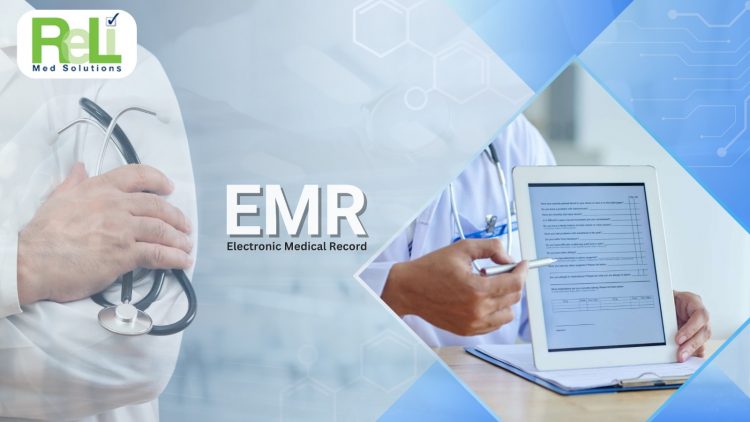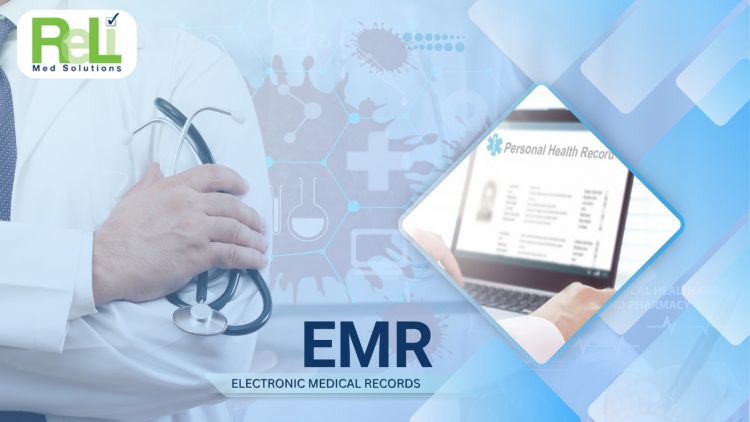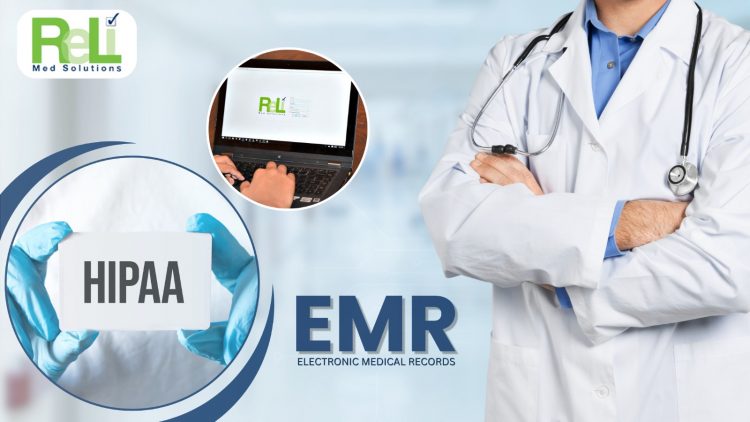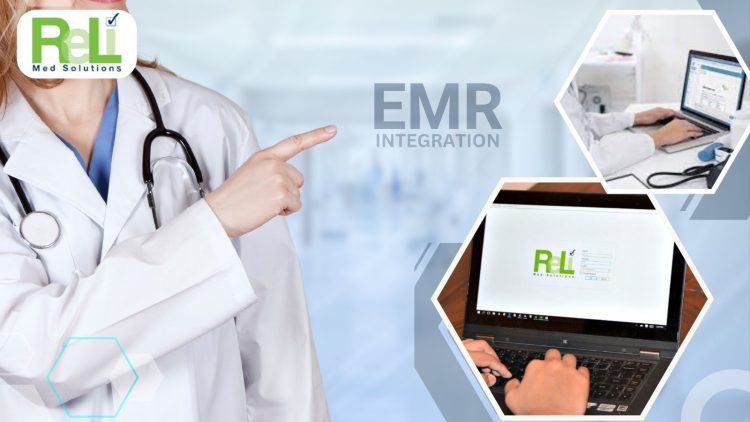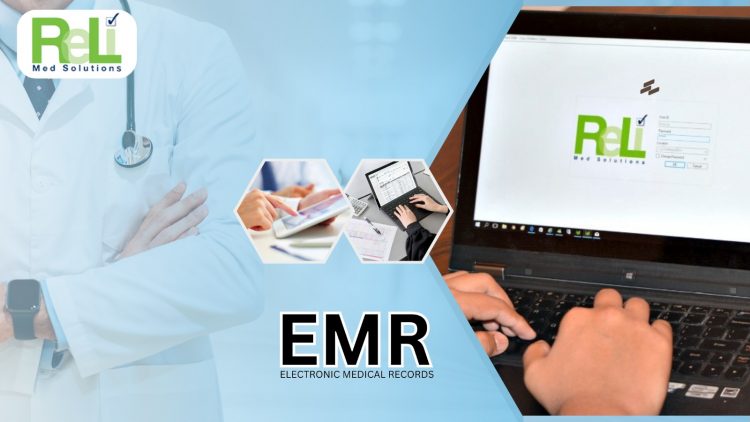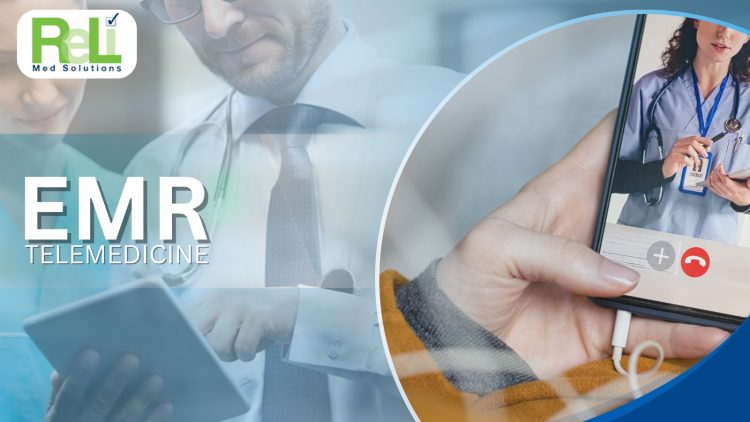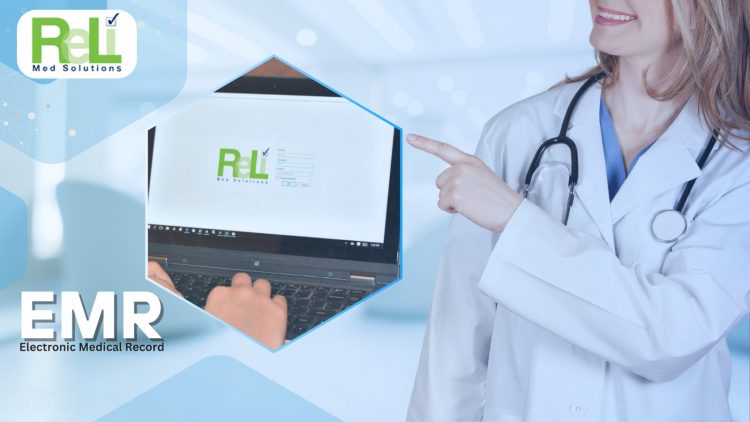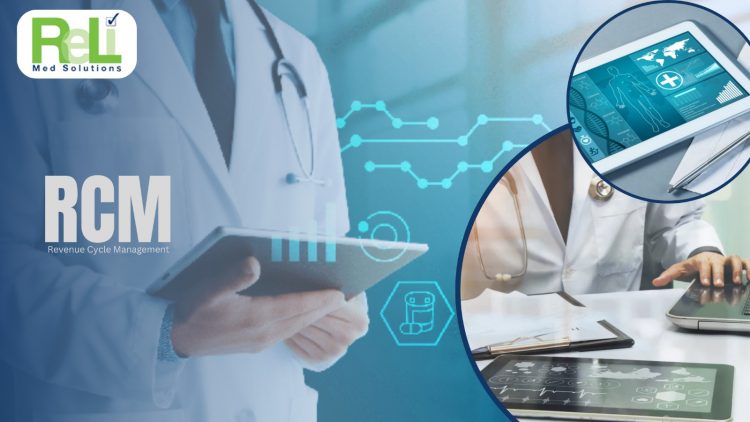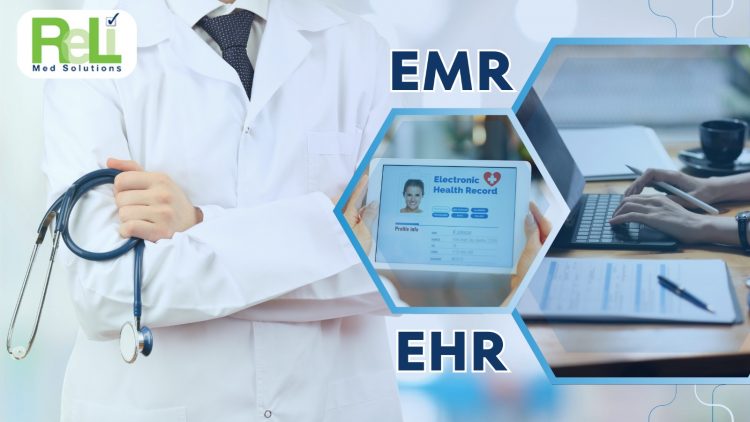How User-Friendly EMR Systems Transforming Healthcare: Connecting Clinics and Remote Patients
Today, User-Friendly EMR Systems are changing the way healthcare works. These systems make it easy for doctors and patients to communicate and share info quickly. As a result, clinics can offer better and faster care to their patients. These systems also help clinics to save time and improve their daily tasks. Because of that, doctors can focus more on treating patients rather than paperwork. Most importantly, these systems connect clinics with patients who live far away, so everyone can get the care they need. Thanks to Affordable EMR Systems, even small clinics can use these tools to improve their services.
Difference Between User-Friendly and Other EMR Systems
Not all EMR systems are the same. Some systems are hard to use and confusing, which can cause mistakes and make work more difficult. However, user-friendly EMR systems are designed to be easy for anyone to use. These systems have simple layouts that help doctors and nurses find the data they need quickly. If an EMR system is difficult to use, it can slow down the entire clinic and lead to errors in patient care. So, a user-friendly system makes everything more efficient. In addition, integrating EHR with these systems helps clinics to keep all patient data in one place, making it easier to manage.
How EMR Systems Help Patients in Remote Areas
User-friendly EMR Systems also help patients who live far from their doctors. These systems let patients access their Medical Records online, make appointments, and even talk to their doctors through video calls. Because of that, patients feel more involved in their care and can make better decisions about their health. If patients can easily reach their doctors from home, they don’t need to travel long distances for checkups. This convenience is especially helpful for people in rural areas who often struggle to get health care. Overall, these systems improve the patient experience and help them stay healthy.
How User-Friendly EMR Systems: Save Time and Money?
Affordable EMR Systems don’t just make things easier for doctors and patients they also save money for clinics. While the initial cost of setting up an EMR system may seem high, the long term savings are worth it. If clinics can reduce paperwork, speed up tasks, and avoid errors with this, they can lower their daily operating costs. Because of that, clinics can spend less time on paperwork and more time on patient care. Plus, these systems work well with RCM, which helps clinics manage billing and payments better than before. Fewer billing mistakes mean clinics get paid faster and more accurately, which helps in their financial health.
Connecting Urban Clinics with Rural Patients
One of the biggest problems in health care is the gap between urban and rural areas. Urban clinics often have more doctors and better tech, but patients in rural areas struggle to find the same level of care. User-friendly EMR Systems help bridge this gap by making digital medicine possible. With these systems, rural patients can talk to doctors in cities without having to travel. Because of that, patients can get the care they need, no matter where they live. EHR systems also ensure that doctors in both urban and rural areas can access the same up to date information about a patient’s health, improving care coordination.
Improve Patient Care and Efficiency with ReLi Med Solutions
User-Friendly EMR Systems are changing health care by making clinics more efficient and helping patients stay connected with their doctors. At ReLi Med Solutions, we offer Affordable EMR Systems that are easy for doctors and patients. So, by choosing ReLi Med Solutions, clinics can improve their workflows and give better care to their patients. Our systems are planned to make clear handling of Electronic Medical Records, saving time and reducing errors. Plus, we give tools that help with RCM, ensuring clinics get paid correctly. Don’t wait try ReLi Med Solutions today and see how our EMR systems can help your clinic grow.

